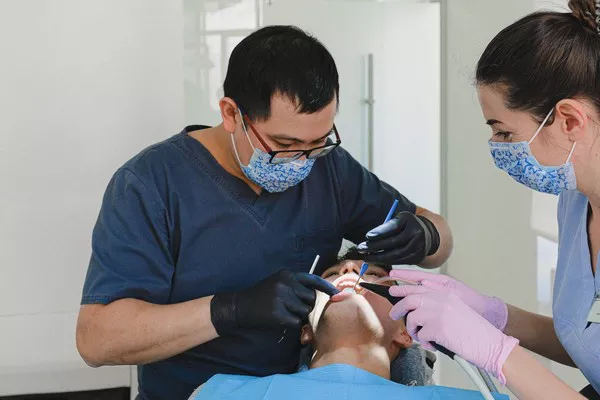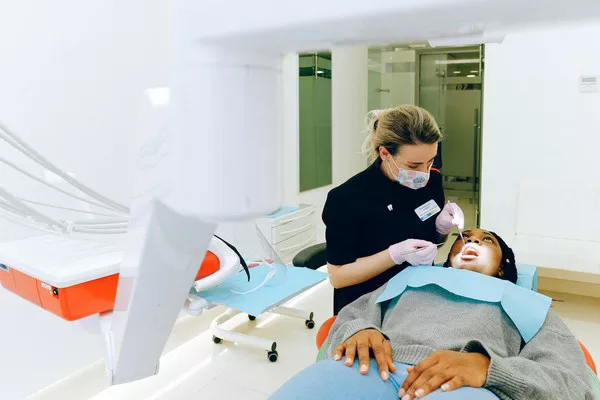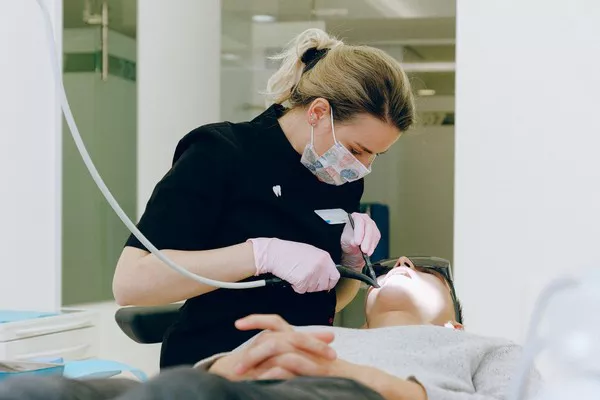Gingivitis, an early stage of gum disease, is characterized by inflammation and irritation of the gums. Recognizing the symptoms of gingivitis is crucial for early detection and intervention to prevent its progression to more severe forms of periodontal disease. In this comprehensive article, we will explore the common symptoms associated with gingivitis and discuss their significance in promoting oral health.
Physical Signs of Gingivitis
Redness and Swelling
One of the primary physical manifestations of gingivitis is the redness and swelling of the gums. Healthy gums are typically pale pink and firm, but when affected by inflammation, they become more prominent and appear redder or darker in color.
Gum Bleeding
Bleeding gums, particularly during brushing, flossing, or even gentle pressure from eating, is a significant indicator of gingivitis. The inflammation weakens the gum tissues, making them more prone to bleeding. Blood may be observed on toothbrushes, dental floss, or in the saliva.
Gum Sensitivity
Gingivitis can cause heightened sensitivity in the gums. Even mild stimulation, such as touching or chewing, may lead to discomfort or tenderness in the affected areas.
Receding Gumline
As gingivitis progresses, the gums may start to recede or pull away from the teeth. This can create a longer or uneven appearance of the teeth and expose the tooth roots, leading to increased sensitivity.
Oral Discomfort and Changes
Persistent Bad Breath (Halitosis)
Gingivitis often leads to persistent bad breath that does not resolve with regular oral hygiene practices or temporary solutions. The bacteria and toxins present in plaque and inflamed gums contribute to the foul odor.
Changes in Taste
Some individuals with gingivitis may experience changes in taste perception. This can manifest as a bitter or metallic taste in the mouth, affecting the overall sensory experience of food and beverages.
Oral Discharge or Pus
In more severe cases, gingivitis may be accompanied by the presence of pus or a discharge around the gum line. This indicates an infection in the gums and requires immediate attention from a dental professional.
Loose Teeth or Shifting Bite
As gingivitis progresses, it can lead to the loss of supporting tissues and bone around the teeth. This may cause teeth to become loose or create changes in the bite alignment.
Associated Symptoms and Indicators
Swollen Lymph Nodes
When the body is fighting an infection, such as gingivitis, the nearby lymph nodes may become enlarged and tender. Swollen lymph nodes in the neck or jaw area can sometimes be an additional indication of gingivitis.
Increased Tooth Sensitivity
Gingivitis can contribute to heightened tooth sensitivity, particularly to hot, cold, sweet, or acidic stimuli. The exposure of tooth roots due to receding gums can make the teeth more susceptible to sensitivity.
Gum Abscesses
An advanced stage of gingivitis can result in the formation of gum abscesses, which are swollen areas filled with pus. These abscesses may cause localized pain, swelling, and tenderness.
Systemic Health Connections
Research suggests potential links between periodontal diseases like gingivitis and various systemic conditions, including cardiovascular disease, diabetes, respiratory infections, and adverse pregnancy outcomes. While these connections require further investigation, they highlight the importance of oral health for overall well-being.
Recognizing Early Signs and Seeking Professional Care
Importance of Regular Dental Check-ups
Regular dental check-ups play a crucial role in identifying gingivitis symptoms at an early stage. Dentists can assess the condition of the gums, perform professional cleanings, and provide tailored advice on oral hygiene practices.
Self-Examination and Oral Hygiene Practices
Individuals should regularly examine their gums for any signs of redness, swelling, bleeding, or changes in appearance. Maintaining proper oral hygiene practices, including brushing twice daily with a soft-bristled toothbrush, flossing daily, and using antimicrobial mouth rinses, is essential for preventing and managing gingivitis.
Prompt Consultation with Dental Professionals
If gingivitis symptoms are observed, it is vital to schedule an appointment with a dental professional promptly. Early intervention through professional cleanings, scaling and root planing procedures, and personalized treatment plans can help reverse gingivitis and prevent its progression to more severe periodontal disease.
Related Topics:






























